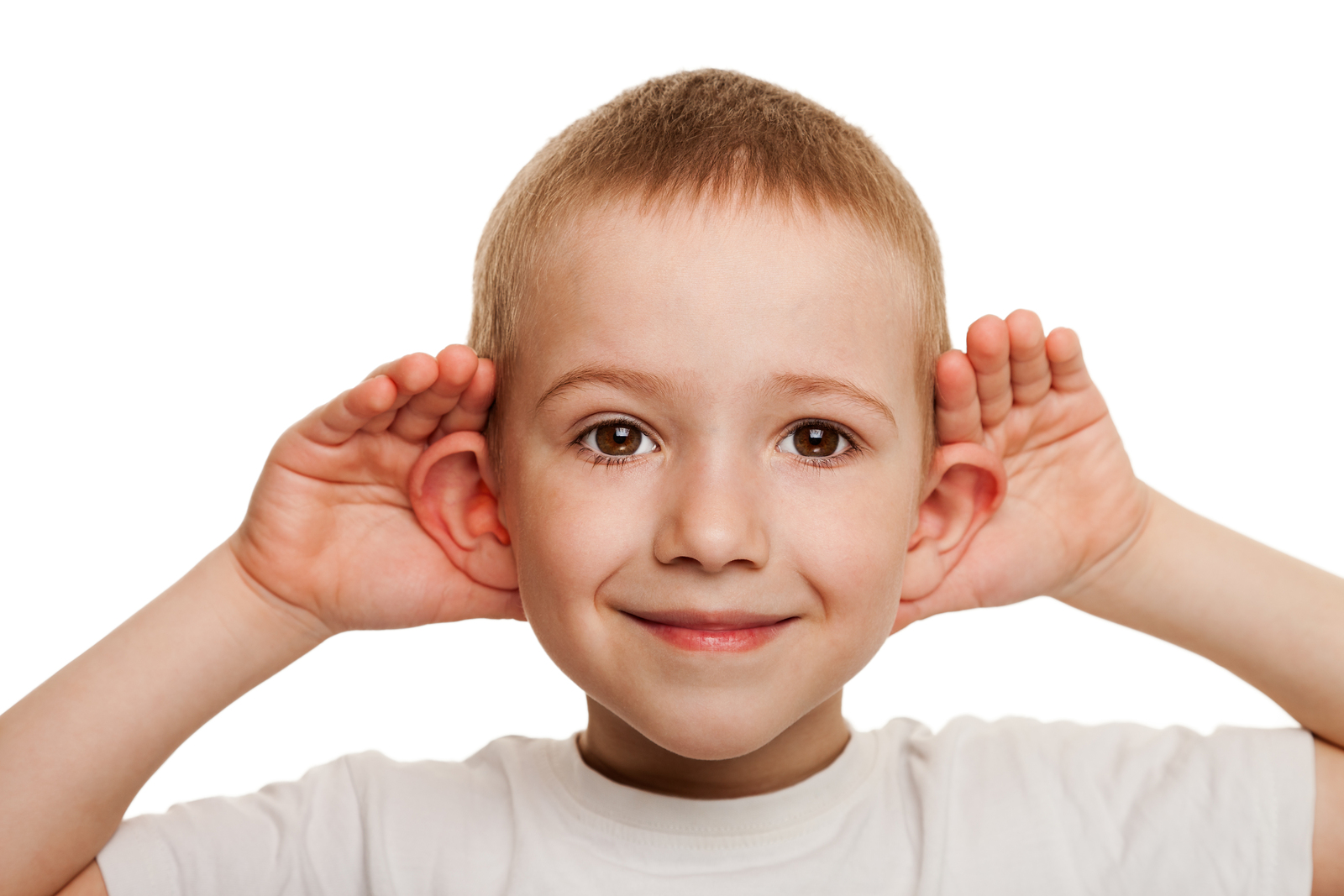Strategies for Effective Communication
Effective communication is at the foundation of supporting families to identify their priorities and the outcomes they desire for themselves and their children. Effective communication involves both verbal and nonverbal ways to send messages, as well as listening skills for receiving messages accurately.
Verbal communication must be clear and understandable. Clarify words that have more than one meaning and explain all acronyms or abbreviations that are used. A lot of information can be transmitted non-verbally, sometimes unintentionally. Consider the following with regard to nonverbal communication:
- Monitor your voice tone so it corresponds with the verbal message.
- Speak as clearly as possible.
- Pace your speech.
- Be aware of your facial expressions to minimize misinterpretation. For example, continually smiling even when discussing difficult problems could be interpreted as insincere and insensitive.
- Use gestures (as appropriate) to convey your meaning.
- Use eye contact to indicate your interest and attention.
- Use your position and posture to create a positive atmosphere.
 Listening Skills
Listening Skills
Effective listening skills build trust and assist practitioners to gain deeper insight into the concerns and priorities of the family.
- Use open-ended questions.
- Use encouragers such as head nods, “tell me more”.
- Listen and monitor the amount you are talking.
- Clarify any words or expressions that may be misinterpreted.
- Use active listening by repeating what was heard and reflecting feelings.
- Paraphrase and summarize comments.

